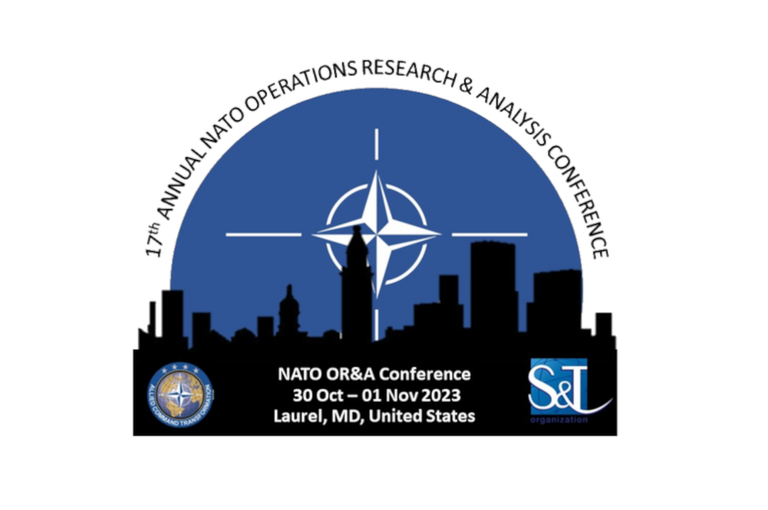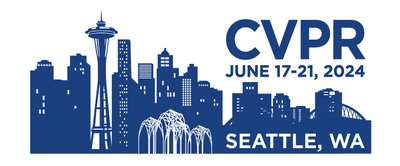
Paper presented at 17th NATO OR&A Conference in Laurel, USA
15 Juli 2024
Morse code is an old form of communication, nevertheless it is still in different scenarios. Examples are submarine communication or communication from Russian reconnaissance vessels operating in the North Sea and Baltic Sea close to critical infrastructure like the North Stream pipeline. Therefore, a fast and high-quality analysis of Morse code is essential to analyses large amounts of communication data. The challenge is to develop precise algorithms that can handle incorrect, human-generated Morse code. Poor quality can occur due to the inexperience of the transmitter or because hard to understand code was deliberately created to make interception more difficult.
The work is based on machine-generated Morse code which is very close to human code due to many high-quality heuristics. Therefore, we generate human-like code with different speeds, frequencies, signal and pause lengths. In our experiments, we use recurrent neural networks to transcribe Morse code from audio files. We investigate varying audio quality and different complexity of the Morse code and report a very low Character Error Rate for our best model. The contribution of our work is 1) a module to generate human-like Morse code with a high variety of adjustable and realistic parameters and 2) an extensive evaluation of different machine learning models.
This work was presented in October 2023 at the 17th NATO Operations Research and Analysis (OR&A) Conference at Johns Hopkins University in Laurel, USA.
Human-like Morse Code Decoding using Machine Learning
Philipp J. Rösch, Fabian Kothgasser, Norbert Oswald
[Website]





